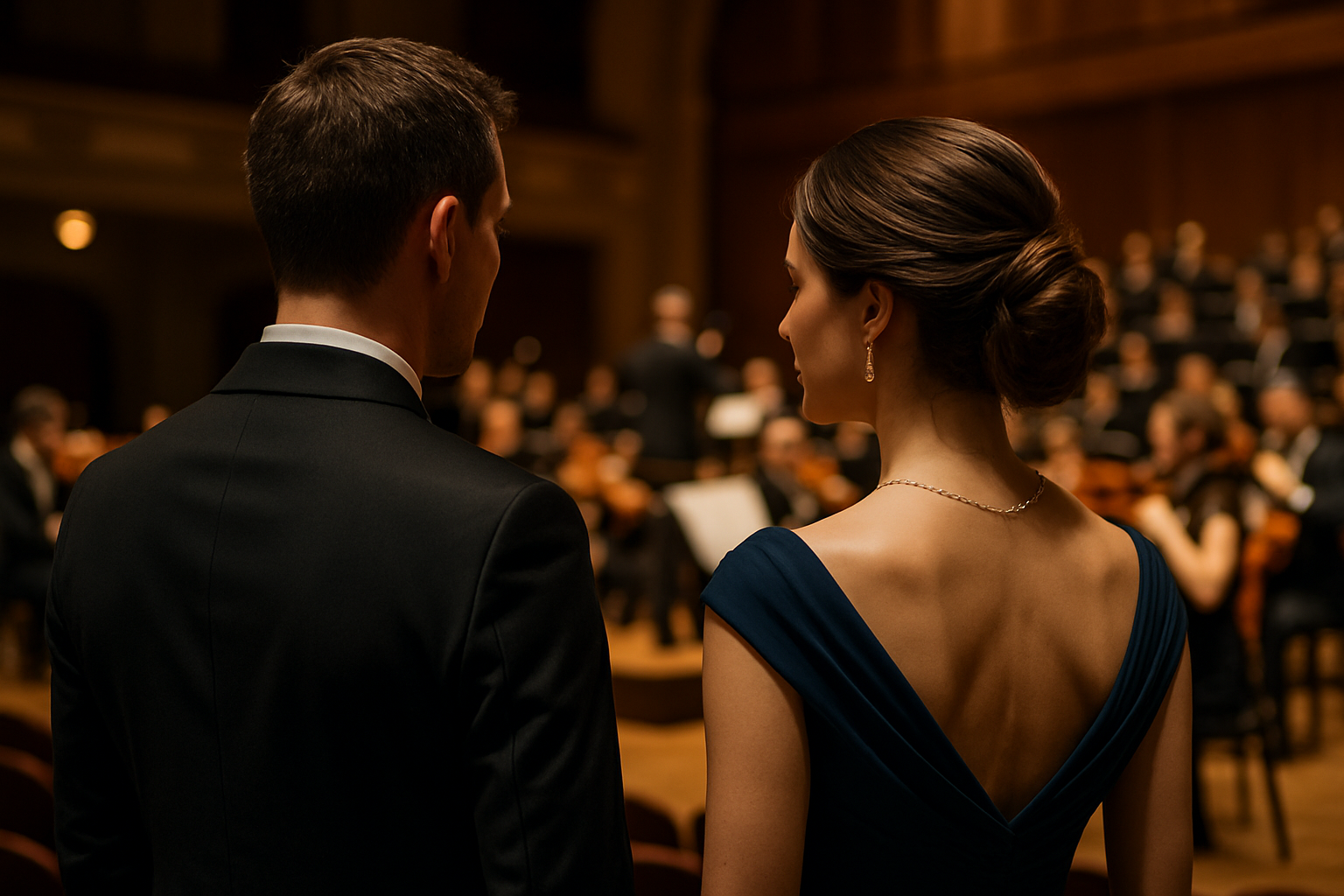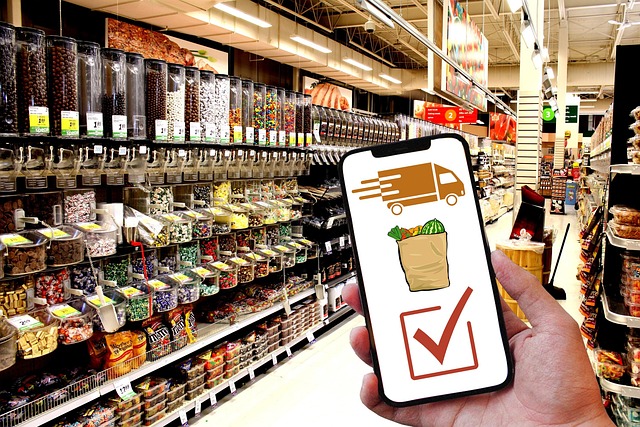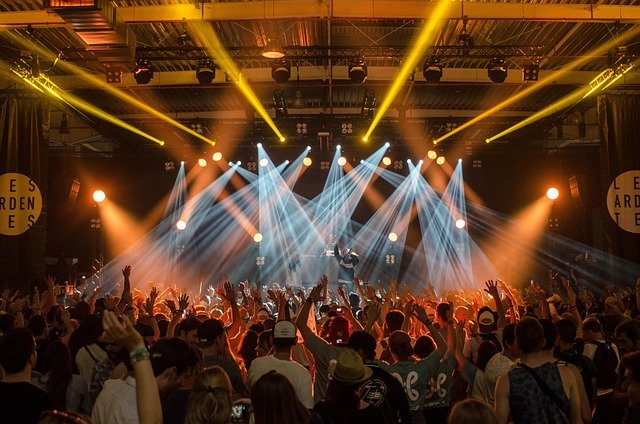Designing accessible experiences for diverse event audiences
Creating events that welcome a wide range of attendees requires deliberate design across venues, formats, and technology. This article outlines practical approaches for theater, music, film, and gallery events that balance immersive experiences, multimedia and streaming options, accessibility features, analytics-informed adjustments, and sustainability considerations.

Designing accessible experiences for diverse event audiences starts with a mindset that accessibility enhances creativity and reach rather than limiting it. Planners and producers working across theater, music, film, gallery, and other performance contexts should treat accessibility as part of programming, venue layout, and technology choices. Integrating captioning, audio description, clear wayfinding, and multiple engagement channels supports immersion and inclusion while enabling streaming and multimedia to broaden reach. Using analytics to understand attendance patterns, and applying sustainability practices to reduce barriers tied to travel or physical infrastructure, creates more equitable access for varied audiences. This article outlines concrete strategies and design considerations to make performances, exhibitions, and screenings more accessible and engaging for all attendees.
How can theater spaces improve accessibility?
Accessible theater design begins with physical access: ramps, elevators, and seating options that accommodate wheelchairs and companions, plus clear signage and tactile cues for people with visual impairments. Programming decisions matter too—providing relaxed performances, captioned or signed shows, and sensory guides helps neurodivergent and sensory-sensitive patrons. Front-of-house staff training on communication and accommodations reduces friction on arrival. Consider assistive-listening systems, flexible seating bookings, and pre-show materials in multiple formats (text, audio, large print) so patrons can prepare. These practices preserve artistic intention while expanding who can fully participate and experience live theater.
What adaptations help make music events inclusive?
Music events often focus on auditory experience, so offering alternatives is key. Real-time captioning for lyrics, sign language interpretation for key moments, and quiet zones for those needing lower sensory input increase accessibility. Provide clear information about venue acoustics and visual effects so attendees with sensitivities can make informed choices. Portable assistive-listening devices and dedicated accessible viewing platforms improve sightlines and sound access for patrons with mobility or hearing needs. When livestreaming concerts, include high-quality audio mixes, captions, and multiple camera angles to reproduce immersive elements for remote audiences.
How can film screenings and streaming be more accessible?
Accessible film programming includes captioned screenings, audio-described versions, and tactile or sensory-friendly showings for different audience needs. For streaming, ensure captions are accurate and timed correctly, offer audio-description tracks, and provide easy toggles for language and accessibility features in the player interface. Host Q&A sessions with accessibility in mind—caption live discussion and record with descriptions. When curating content, include trigger warnings and content notes so viewers can anticipate sensory or emotional elements. These measures increase participation and retain the narrative integrity of film experiences.
What design changes improve gallery visits for all visitors?
Gallery accessibility relies on spatial clarity and multisensory engagement. Wide circulation paths, seating at regular intervals, and adjustable lighting help visitors with mobility or visual concerns. Offer tactile elements, printed and audio guides, and clear exhibit labels in large type and plain language. Curate multimedia installations with alternative experiences—text descriptions, audio summaries, and opportunities to touch replica materials where appropriate. Workshops and tours adapted for different needs create inclusive participation opportunities and help audiences connect more deeply with visual work.
How can performance creators enhance immersion with multimedia?
Multimedia and immersion can be made inclusive by providing layered access points. Combine visual, auditory, and haptic elements with synchronized captions and audio-description tracks so participants receive equivalent information through multiple channels. Avoid solely reliance on strobe lighting or sudden loud sounds without alternatives or warnings. Use universal design practices in interactive installations to accommodate varying motor and sensory abilities. When streaming immersive performances, supply multiple camera perspectives, navigable interfaces, and downloadable program notes to recreate context for remote viewers.
How do audience analytics and sustainability support accessibility?
Analytics can reveal who attends, which sessions attract diverse audiences, and where drop-offs occur, informing targeted accessibility improvements while respecting privacy. Track booking patterns for accessible seating, caption usage in streams, and dropout rates to identify friction points. Sustainability supports access by reducing barriers tied to travel: hybrid events and local satellite screenings reduce cost and environmental impact for attendees who cannot travel. Prioritize low-carbon options for venue operations and consider partnerships with local services to provide accessible transport. Use data and sustainable planning together to iteratively improve equitable access.
Accessible event design benefits audiences and creators alike by expanding reach and deepening engagement. Thoughtful application of captioning, audio description, staff training, inclusive programming, multimedia alternatives, analytics-driven adjustments, and sustainable logistics helps ensure theater productions, music events, film screenings, gallery exhibitions, and performances welcome a wider cross-section of attendees. Continued evaluation and participatory feedback from diverse audience members will refine practices over time and make cultural experiences more equitable and immersive for everyone.





